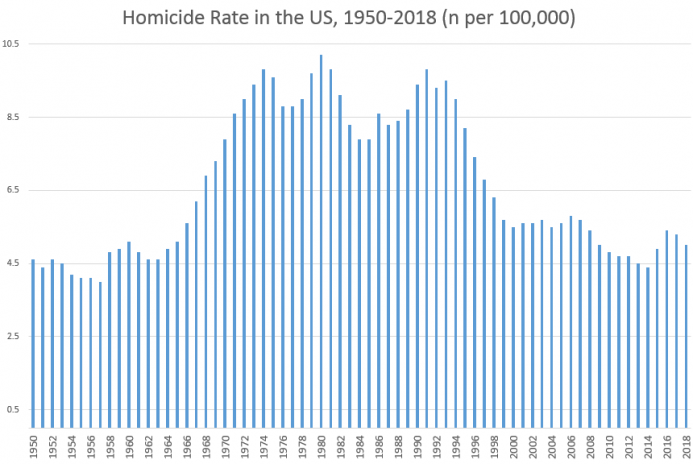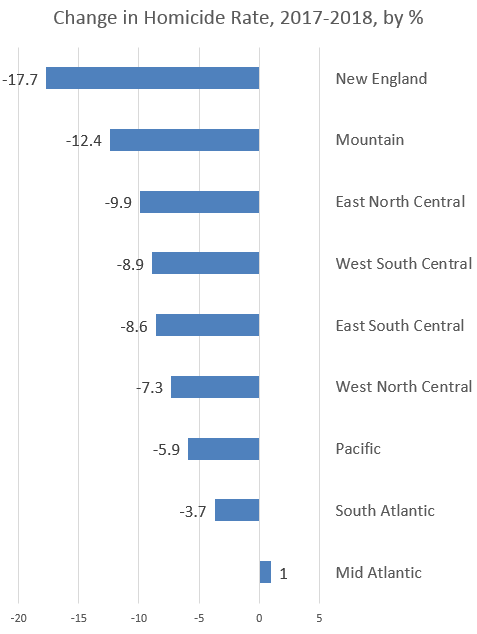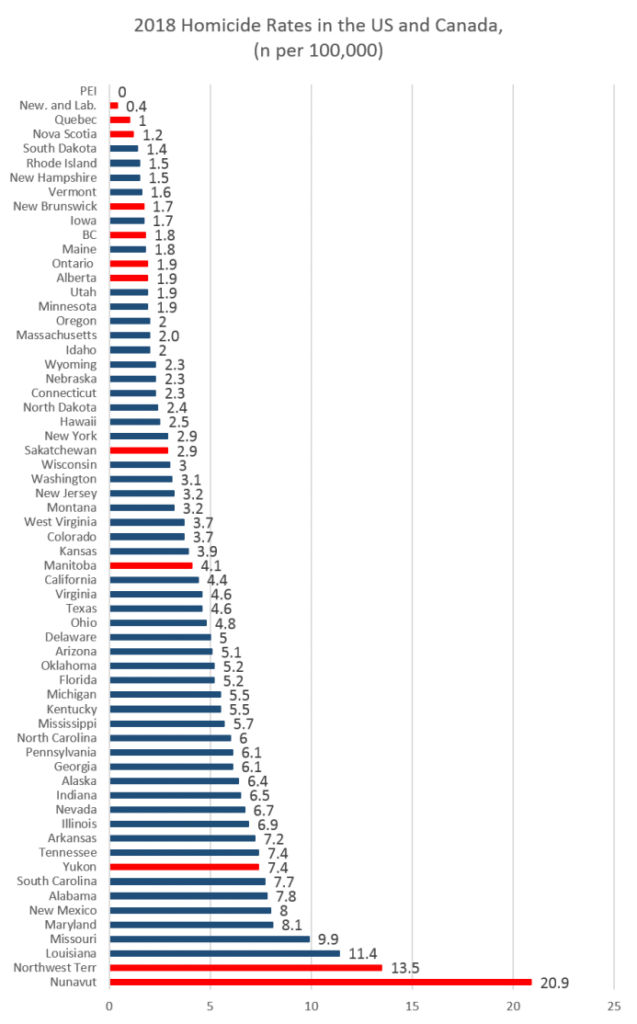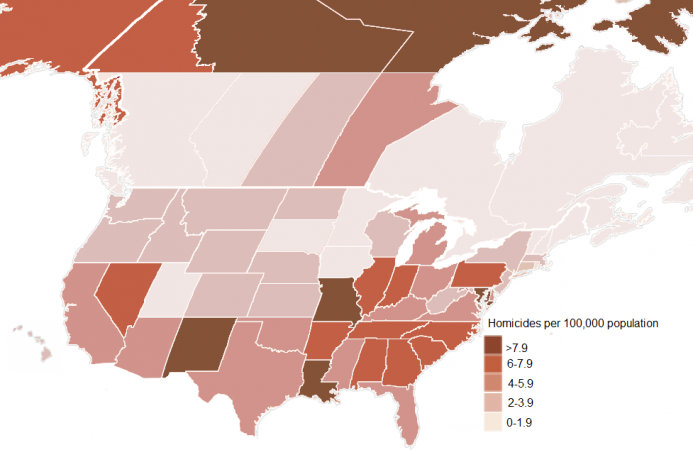The Vindication of Dr. Aubrey de Grey and the Dangers of “Strategic Conservatism” in the Aging-Research Community – Article by Gennady Stolyarov II

It appears that the Board of Directors of the SENS Research Foundation saw fit to release an Executive Summary of a second Investigative Report that was undertaken after that Board had summarily terminated Dr. Aubrey de Grey without due process. Those who followed this matter know that I did not think highly of the first “Investigative Report”. The second report is still methodologically flawed, in my view, but that is not the point, and so I will not fixate on that. The point is the conclusion, which is what I and many others anticipated: “In the end, after extensive review – and except as otherwise identified by the Firm in this Executive Summary in paragraphs one through seven, as well as in the separate Executive Summary dated September 10, 2021 concerning the Initial Investigation – we do not find evidence Dr. de Grey engaged in conduct that constituted unwelcome sexual conduct towards current or former SRF employees, or any person associated with SRF, since the founding of SRF.”
So, other than the initial allegations against Aubrey de Grey, which, at worst, would have consisted of him sending two questionable e-mails (which were overlooked by the recipient for nearly a decade) and making a joke in poor taste (which there is no evidence that he made), there is… no evidence… of any unwelcome conduct! So this was all… much ado about nothing! It was all… a tempest in a teapot, stirred up to displace Dr. de Grey from his position on the eve of his success in raising an unprecedented $28 million for true rejuvenation biotechnology research. As many have suggested, and as I will reiterate, any harassment allegations here were just a pretext. The real motive is the power struggle within the field, between the initial visionaries like Dr. de Grey who built it up from ideas alone to a vibrant network of organizations, and those who came later, riding on the visionaries’ coattails, and who mistakenly wish to “mainstream” the field by appealing to the gatekeeper institutions through rhetoric of “strategic conservatism” (one of Celine Halioua’s favorite terms – indeed, the underpinning of her goal to turn aging research into a “boring” field that gets rid of the radical-life-extension aspirations). The “strategic conservatives” cannot have a man with a long beard, who speaks of 1,000-year lifespans, as the spokesperson for this movement, so they needed to find a pretext to oust him. Not only that, but they managed to hoodwink those of more left-leaning sympathies by exploiting the tendency to automatically believe women who accuse influential men of harassment – even though believing such allegations here plays right into the hands of the same interests who would wish to corporatize and render exclusive the pursuit of longevity research, to “tone it down” so that gatekeeper institutions provide their grants and imprimatur of “respectability” while the general public gets no say and no benefit. Those on the Left who wish to support harassment victims have understandable motivations, but it is so, so easy to twist those motivations to the service of one of the very corporate networks whom those same left-leaning individuals profess to despise, often quite explicitly.
What the “strategic conservatives” did not realize is that the grassroots movement that has emerged over the years to support the vision of SENS and the pursuit of longevity escape velocity is simply not inspired by the timid focus on “healthspan” or “compression of morbidity”. By getting rid of the ambitious visionaries who lit the spark of this movement, the “strategic conservatives” also undermine the foundation beneath themselves. They will not succeed in “mainstreaming” anything, because the gatekeeper institutions and their spokespeople see right through any version of the toned-down rhetoric anyway. What they may succeed at, unfortunately, is in ruining the crucial philanthropic sector within longevity / rejuvenation research, which will be needed for a long time to bridge the gap between early-stage academic research and late-stage commercial application. We need for-profit corporations and investors in the field as well, but the “strategic conservatives” wish to corporatize everything and remove the role of philanthropy and grassroots support altogether. That would spell suicide for the longevity field.
The SENS Board stated, “Our respect for Dr. de Grey and his work remains deep and unwavering. His accomplishments are singular; he brought this Foundation — this profound scientific moment, truly — into being. While our separation was necessary, we intend to move forward with SRF in a way that honors his legacy.” Of course, this leaves open the unanswered question of why the Board considered the “separation” to be “necessary” – and why they wish to relegate Dr. de Grey merely to having a “legacy”. (He is very much alive and active, after all!) Most likely, some of them do actually regret this course of action, but their thinking may be along the following lines: “Aubrey de Grey got this movement this far, but from now on he is more of a liability than an asset. We can take it from here.” Well, no, they cannot. In order to have even a slight probability of success, the SENS vision requires support from at least appreciable segments of the general public and from the dedicated core of activists within the life-extension movement. Without them, there is no movement – just stagnation. But there will be a movement wherever Dr. de Grey goes. The SENS Research Foundation Board of Directors would be wise to invite him back.
Thank you to Immortalists Magazine for featuring this article, which will be republished in its blog in November 2021.








